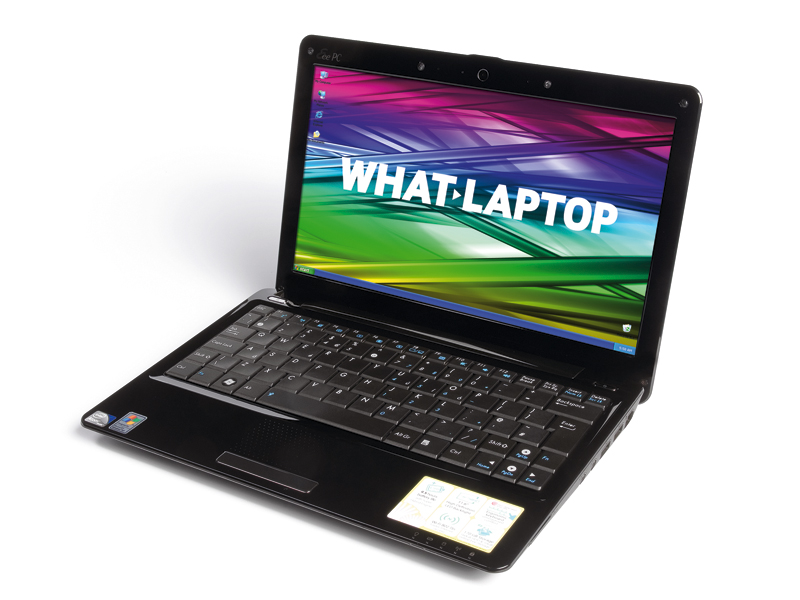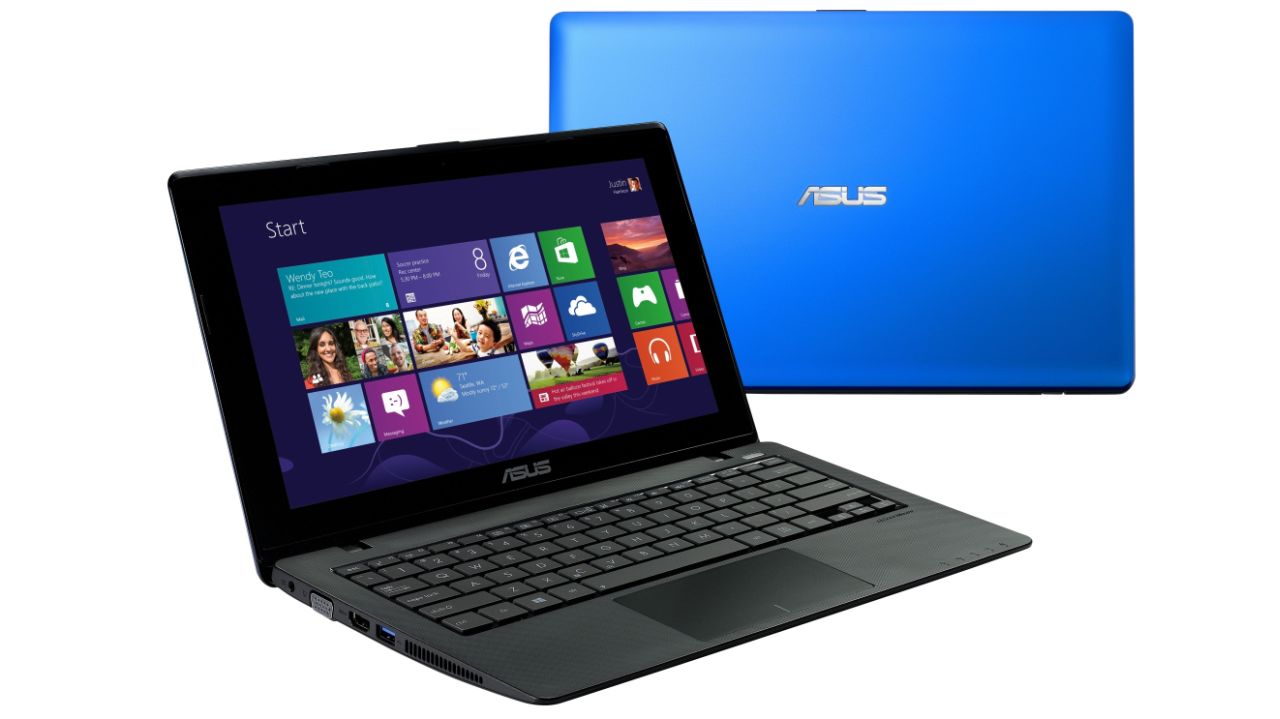TechRadar Verdict
The Asus X200MA should be on your shortlist if you're after an affordable laptop that has a touchscreen and comes in a pint-size form factor.
Pros
- +
Its size
- +
Great value for money
- +
Touchscreen
- +
Connectivity options
- +
Impressive battery life
Cons
- -
Performance isn't so hot
- -
Keyboard needs improvement
- -
No Bluetooth
Why you can trust TechRadar
Netbooks, it seems, are making a remarkable comeback thanks to the likes of Asus. The Taiwanese manufacturer single-handedly kickstarted that revolution back in 2007 when it launched the Eee PC range. Over the next five years, millions of these low-cost, small form factor laptops were sold until Android tablets flooded the market.
But now, buoyed by Microsoft's decision to give Windows 8.1 (and possibly Windows 10) away for free on devices with displays smaller than 9-inch (and possibly bigger), and Intel's commitment to undercut rival ARM manufacturers, traditional PC makers are launching netbook-like products again, especially around the £200 (about $300, AU$370) price mark, which is where this Asus effort is pitched.
The Vivobook X200MA that we're reviewing today reminds me a lot of the Asus Eee PC Seashell 1101 that was reviewed by TechRadar more than five years ago. They have similar dimensions, similar screen sizes and resolution (11.6-inch LED backlit, 1366 x 768 pixels) and an equally impressive array of connectivity options.


The model sent to us came with a blue metallic lid and a black matte finish, which I very much prefer to the glossy shiny one of some of its earlier predecessors.
At 30.2 x 20 x 2.56cm (W x D x H; 11.9 x 7.9 x 1-inch) and weighing 1.2kg (about 2.6lbs), it's bulkier than Apple's MacBook Air but still just slightly larger than an A4 sheet of paper.
It could have been thinner had it not been for a bulge located where the battery is (that battery is not removable by the way). Asus engineers must have left it there to make sure that there's adequate air flow underneath the laptop to prevent overheating.

A lower level of power consumption thanks to newer, more energy-efficient parts, means that Asus has been able to squeeze the power supply unit into a plug, something little bigger than most smartphone power adaptors.
Sign up to the TechRadar Pro newsletter to get all the top news, opinion, features and guidance your business needs to succeed!

Asus has plumped for an island-style keyboard and opted for tiny arrow keys, a decision which is likely to irritate some users.
I always exercise a cautious approach when it comes to keyboard testing – as it is a very subjective matter – and in the case of the X200MA, the keyboard can best be described as being springy and accurate enough for touch typing. Don't expect it to provide an experience similar to that of a desktop keyboard, though.

The vendor also opted for a conventional touchpad, one that's surprisingly comfortable to use and larger than on some top-of-the-range Ultrabooks (like the Lenovo Yoga 3 Pro). The third way of interacting with the Vivobook is via its touchscreen display.
Since it is essentially a glass pane, it is reflective and a fingerprint magnet; some higher-end laptops that I've played with seem to have an oleophobic coating that prevents too much smudging. With the X200MA, touch control turned out to be a seamless experience in most tasks, with the odd stuttering when scrolling web pages.
Image quality was average, not a surprise given the device's price range. The display isn't particularly bright but is more than adequate for everyday usage.
The build quality is more than decent with very little flex or give on the laptop's chassis, which is a welcome change compared to yesteryear's netbooks.

Désiré has been musing and writing about technology during a career spanning four decades. He dabbled in website builders and web hosting when DHTML and frames were in vogue and started narrating about the impact of technology on society just before the start of the Y2K hysteria at the turn of the last millennium.
